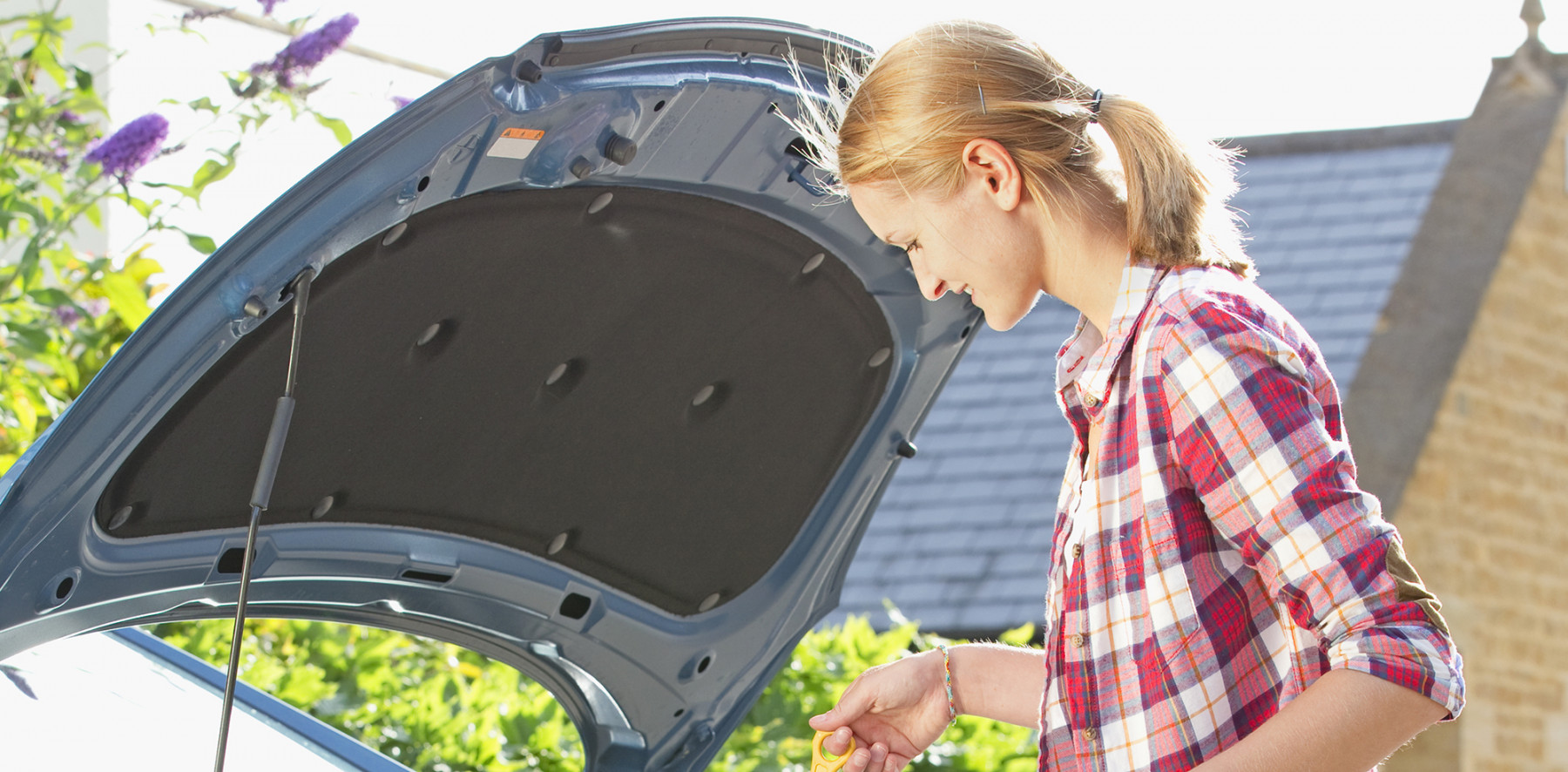
AAA Automotive Tips
When Vehicles are off-road for Extended Time Periods
Tips for when your vehicle is off-the-road for an extended time period
Note: advice will vary with the length of time the vehicle is expected to be off-the-road. However, assuming less than 45 days, here are some common tips:
- Prop up the wiper arms so the blades are off the windshield and won’t get stuck to the glass.
- Don’t use the parking brake when storing the vehicle. Depending on the vehicle and storage conditions the brake could become frozen, brake pads could rust to the rotors, or brake shoes could distort the drums. With an automatic transmission simply place the vehicle in park. If the car has a manual transmission, place it in first or reverse gear and use wheel chocks to help hold the vehicle in place.
- Add an additional 10 psi of pressure to each tire to help prevent flat spots from forming on the tires. This occurs when the area of the tire touching the ground becomes rigid due to sitting in one position for an extended period. You can also move the vehicle periodically, or if you have the appropriate equipment, place the car on jack stands with the tires off the ground. Storage pads with semi-circular shapes that support the tire over a wider area are also available.
- Keep your vehicle insured. This protects against claims due to unforeseen circumstances and can also prevent increases in premiums if there is a lapse in coverage.
- If the car is due for an oil change, have it done to remove any acids and contaminants. Be sure to call ahead to your mechanic to make sure they are open.
- Add a fuel stabilizer and preservative such as STA-BIL® - this can be done by anyone and is as simple as fueling up a vehicle. Also, make sure to fill the gas tank to help minimize condensation. Drive the car for five to ten miles to ensure that the stabilized fuel is circulated throughout the fuel system.
- Make sure the battery terminals are clean, tight and free of corrosion. Take your vehicle to a AAA Approved Auto Repair facility for this service. To find one near you, visit aaa.com/autorepair. Be sure to call ahead to your mechanic to make sure they are open.
- If possible, use a Battery Tender or other maintenance-type battery charger to keep the battery at a full state of charge and prevent deterioration. The Battery Tender should remain connected to the vehicle while it is being stored.
- Make a list of everything you did to prep the vehicle for storage so you will be sure to undo all of the appropriate steps when putting the vehicle back on the road. Leave the list in the car to prevent it from being lost.
For longer storage periods – over 45 days, in addition to the above, consider:
- Wash and wax the vehicle exterior, and vacuum and clean the interior. Make sure the vehicle is completely dry before putting it into storage.
- Store the vehicle indoors in a cool, dark and dry location. If this is not possible, consider a portable parking structure or “car bag.” At the very least, use a quality multi-layer car cover that can “breathe” and will not trap moisture.
- If the vehicle will be exposed to significant moisture, use desiccant packs inside the car to help keep everything dry.
- If the car is due for a brake fluid or coolant change, have the work done before placing the vehicle in storage. Deteriorated fluids can lead to rust and corrosion.
- If there is a likelihood of mice where you are storing the car, seal off the tail pipe, engine air filter inlet and any other readily accessible openings where rodents might enter and take up residence. Steel wool will work, but copper wool is even better because rodents dislike its taste. Other rodent prevention methods include traps, poisons and repellants. Many claim dryer sheets and moth balls are also effective, but hard evidence is difficult to come by.
